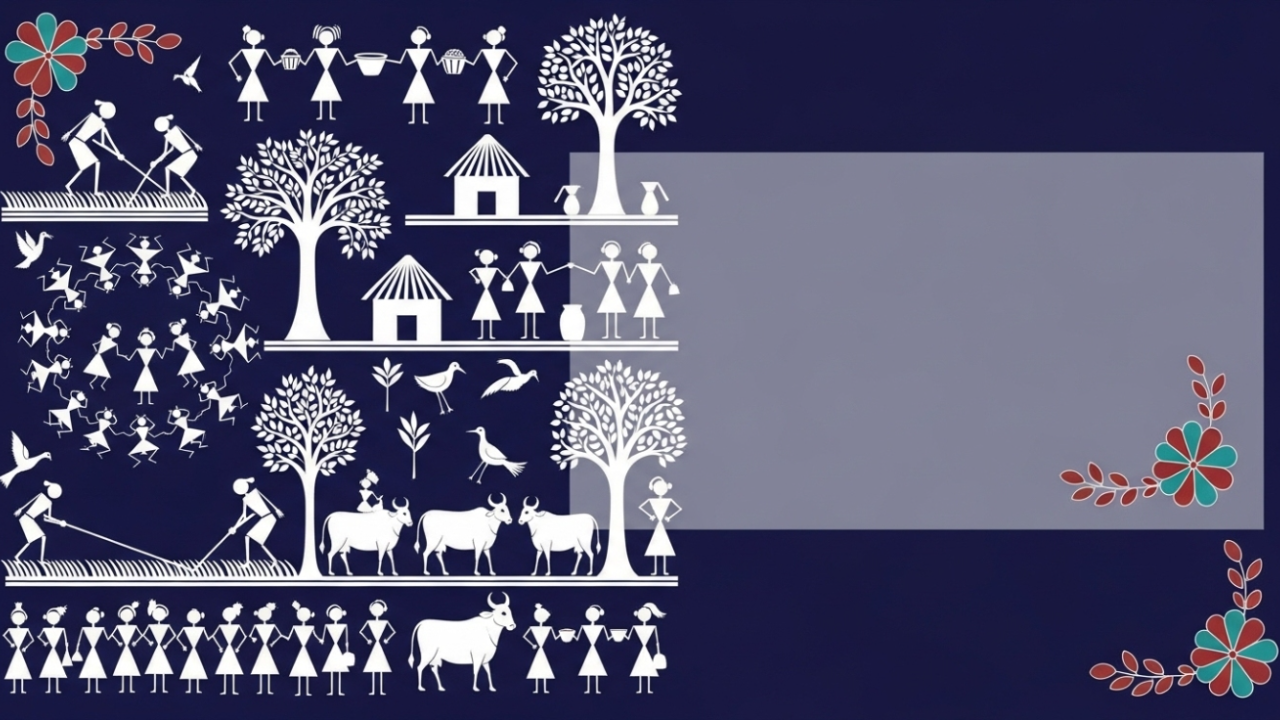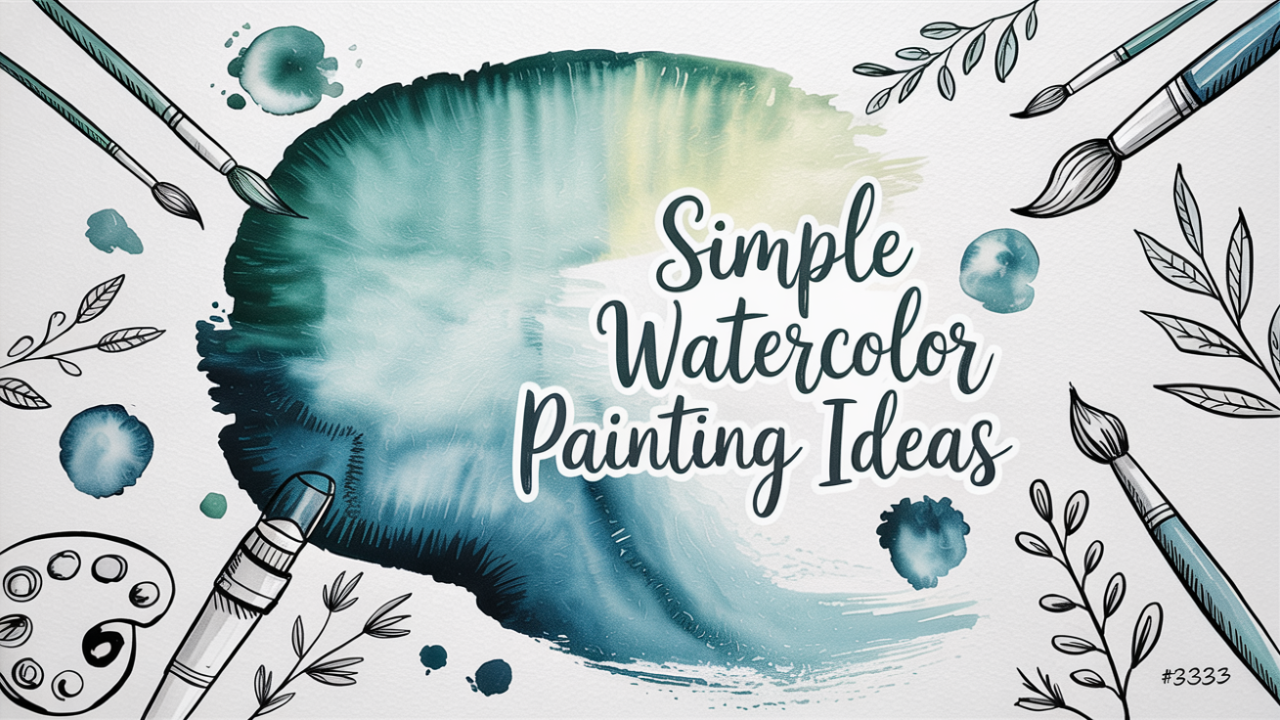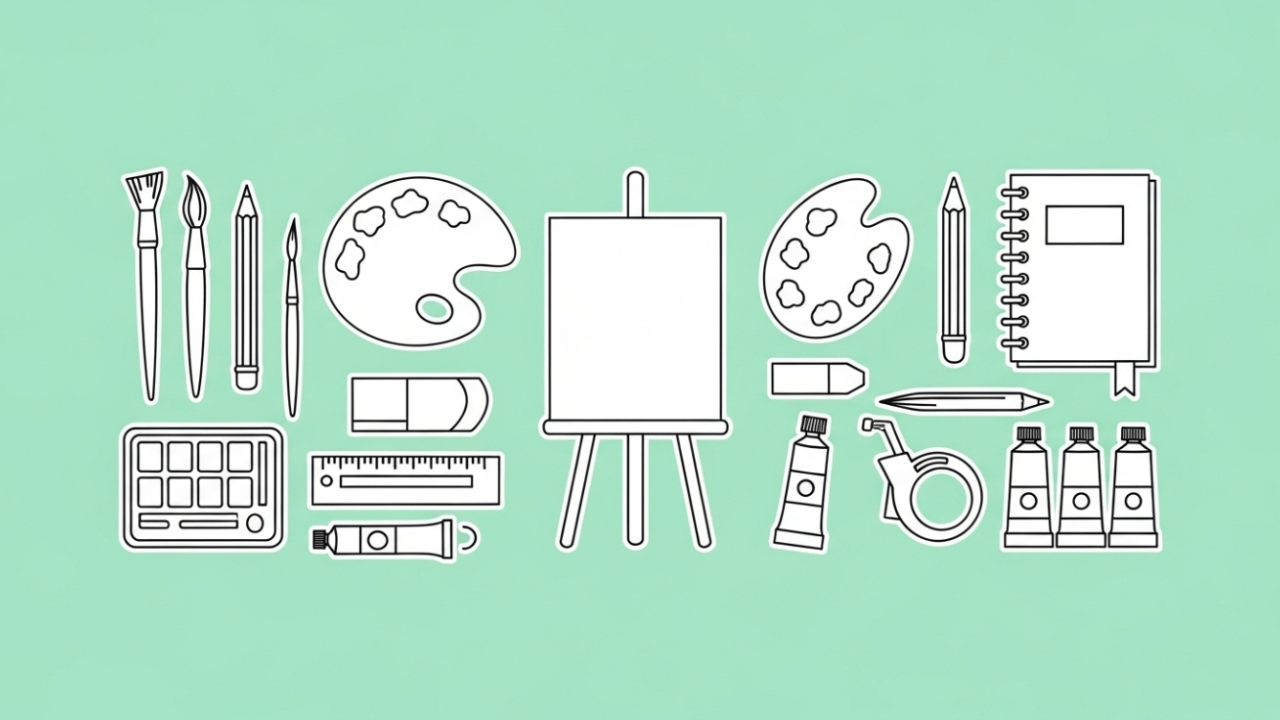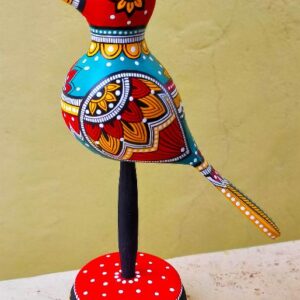
About the Author
Mohd Amaan
Mohd Amaan is an Artist, Writer & Creative Expert at Artisthu. He blends fine art with modern design and storytelling, helping creators present their work beautifully and effectively online.
Table of Contents
ToggleHow to Price Art
Pricing art involves calculating material costs, time investment, overhead expenses, and desired profit margin while considering your skill level and market demand. Use the formula (Materials + Time × Hourly Rate + Overhead) × Markup = Final Price to establish fair, consistent pricing that reflects your artwork’s true value.
Introduction: The Art of Pricing Your Creative Work
Setting the right price for your artwork can feel overwhelming, especially when you’re just starting your artistic journey. Whether you’re wondering how to price your art as a beginner or looking to refine your pricing strategy as an established artist, understanding the fundamentals of art valuation is crucial for building a sustainable creative career.
Many artists struggle with self-doubt when it comes to pricing, often undervaluing their work due to fear of rejection or lack of confidence. However, proper pricing isn’t just about covering costs—it’s about recognizing the value of your creativity, skill, and time while remaining competitive in the market.
Understanding the Basics: How to Price Artwork for Beginners
The Foundation of Art Pricing
When learning how to price artwork for beginners, start with these fundamental principles:
Cost-Based Pricing Formula:
- Materials cost (canvas, paint, brushes, etc.)
- Time investment (hours spent × your hourly rate)
- Overhead expenses (studio rent, utilities, insurance)
- Desired profit margin (typically 20-50%)
Market-Based Considerations:
- Your experience level and reputation
- Local and online market demand
- Comparable artists’ pricing in your genre
- Size and complexity of the artwork
Setting Your Hourly Rate
Determining your hourly rate is crucial when figuring out how to calculate art price. Consider:
- Your skill level and years of experience
- Local market standards for creative professionals
- Time spent on actual creation vs. preparation and finishing
- Administrative tasks (photography, listing, shipping).
Beginners might start at $15-25 per hour, while experienced artists can charge $50-100+ per hour.
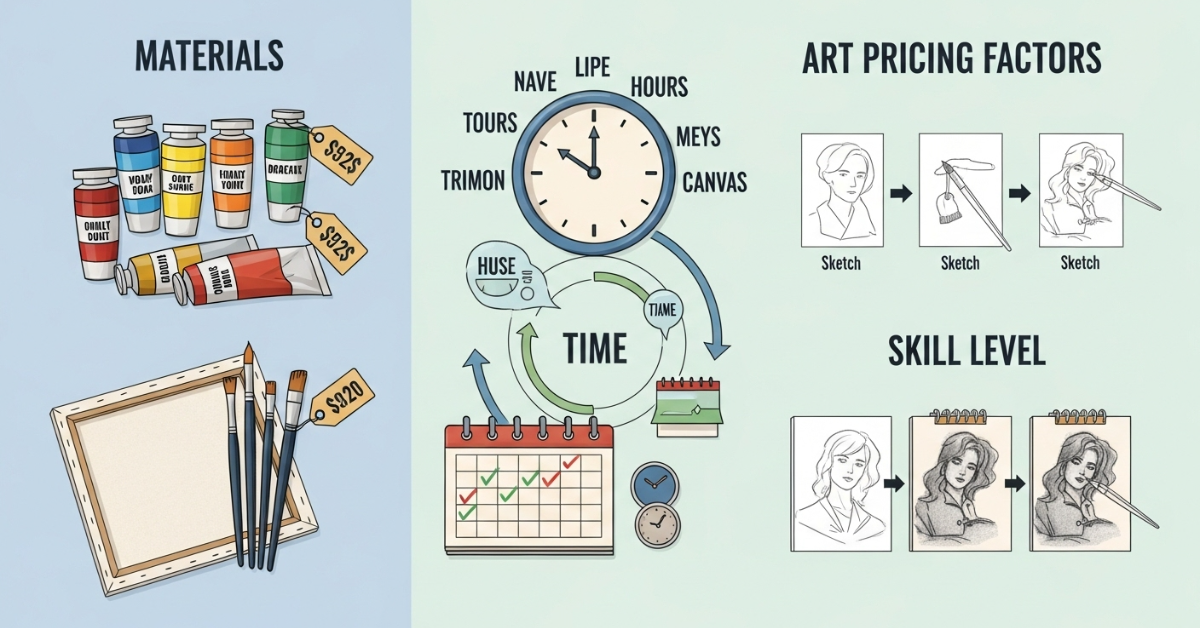
Specific Pricing Strategies by Art Type
How to Price Digital Art Prints
How to price digital art prints requires a different approach since there are no physical material costs:
Factors to Consider:
- Time spent creating the original digital artwork
- Software and equipment costs (amortized)
- Print quality and paper type
- Limited vs. unlimited edition runs
Pricing Structure:
- Original digital file: $200-2000+
- Limited edition prints: $25-150 each
- Open edition prints: $10-50 each
- Print-on-demand: $15-75 per print
How to Price Art Prints
When determining how to price art prints, consider these key factors:
Print Quality Levels:
- Standard paper prints: 20-40% of original price
- High-quality giclée prints: 30-60% of original price
- Canvas prints: 40-70% of original price
Edition Size Impact:
- Limited editions (under 50): Higher per-unit pricing
- Medium runs (50-250): Moderate pricing
- Open editions: Lower per-unit pricing
How to Price Art Commissions
How to price art commission work requires careful consideration of client requirements:
Commission Pricing Factors:
- Complexity and size requirements
- Client timeline and urgency
- Revisions and approval process
- Usage rights (personal vs. commercial)
Commission Pricing Structure:
- Deposit: 25-50% upfront
- Payment schedule: Milestone-based payments
- Rush orders: 25-50% surcharge
- Additional revisions: $25-100 per round
Market Research: Finding Your Price Point
Competitive Analysis
To determine what price I should sell my art for, conduct thorough market research:
Research Methods:
- Study similar artists in your medium and style.
- Check online marketplaces (Artisthu, Etsy, Saatchi Art, ArtPal)
- Visit local galleries and art fairs
- Monitor auction results for comparable works
Price Comparison Framework:
- Artists with similar experience levels
- Artwork of comparable size and medium
- Similar artistic styles and subject matter
- Geographic market considerations

How Do I Find Out the Value of My Art?
How do I find out the value of my art? Use these valuation methods:
Professional Appraisal Options:
- Certified art appraisers
- Gallery owner consultations
- Art dealer evaluations
- Online valuation tools
Self-Assessment Criteria:
- Technical skill demonstration
- Artistic originality and creativity
- Market demand for your style
- Your professional development and achievements
The Professional Pricing Process: How They Price Art
Gallery and Dealer Pricing
Understanding how they price art in professional settings helps inform your strategy:
Gallery Markup Structure:
- Artist receives: 40-60% of sale price
- Gallery commission: 40-60% of sale price
- Pricing reflects this split from the start
Dealer Pricing Considerations:
- Market positioning strategy
- Collector base and target audience
- Long-term artist development goals
- Competitive landscape analysis
Auction House Valuation
Professional auction houses use sophisticated methods:
- Historical sales data analysis
- Artist career trajectory assessment
- Current market trends evaluation
- Condition and provenance documentation
Advanced Pricing Strategies
How to Price Art for Sale in Different Markets
Online Marketplace Pricing:
- Factor in platform fees (5-15%)
- Consider shipping and packaging costs
- Account for payment processing fees
- Build in return/refund contingencies
Gallery Representation Pricing:
- Consistent pricing across all venues
- Professional presentation standards
- Long-term relationship building
- Exclusive vs. non-exclusive agreements
How to Price Art to Sell Effectively
Psychological Pricing Strategies:
- Price anchoring with higher-end pieces
- Good-better-best product tiers
- Seasonal promotion strategies
- Bundle deals for multiple pieces
Sales Optimization:
- A/B testing different price points
- Limited-time offers and urgency creation
- Customer feedback integration
- Regular price review and adjustment
Common Pricing Mistakes to Avoid
Underpricing Pitfalls
Why Artists Underprice:
- Lack of confidence in their work
- Fear of market rejection
- Inexperience with cost calculation
- Comparison with mass-produced alternatives
Consequences of Underpricing:
- Devalues your entire portfolio
- Creates an unsustainable business model
- Attracts the wrong customer segment
- Makes future price increases difficult
Overpricing Challenges
Signs of Overpricing:
- Consistently low sales volume
- Minimal customer inquiries
- Poor conversion rates
- Negative market feedback
Practical Tools and Resources
Pricing Calculators and Formulas
Basic Pricing Formula:
(Material Costs + Time Investment + Overhead) × Markup = Sale Price
Advanced Pricing Considerations:
- Market demand multiplier
- Artist reputation factor
- Scarcity and exclusivity premium
- Geographic market adjustments
Documentation and Tracking
Essential Records:
- Time logs for each piece
- Material cost receipts
- Market research data
- Sales performance metrics
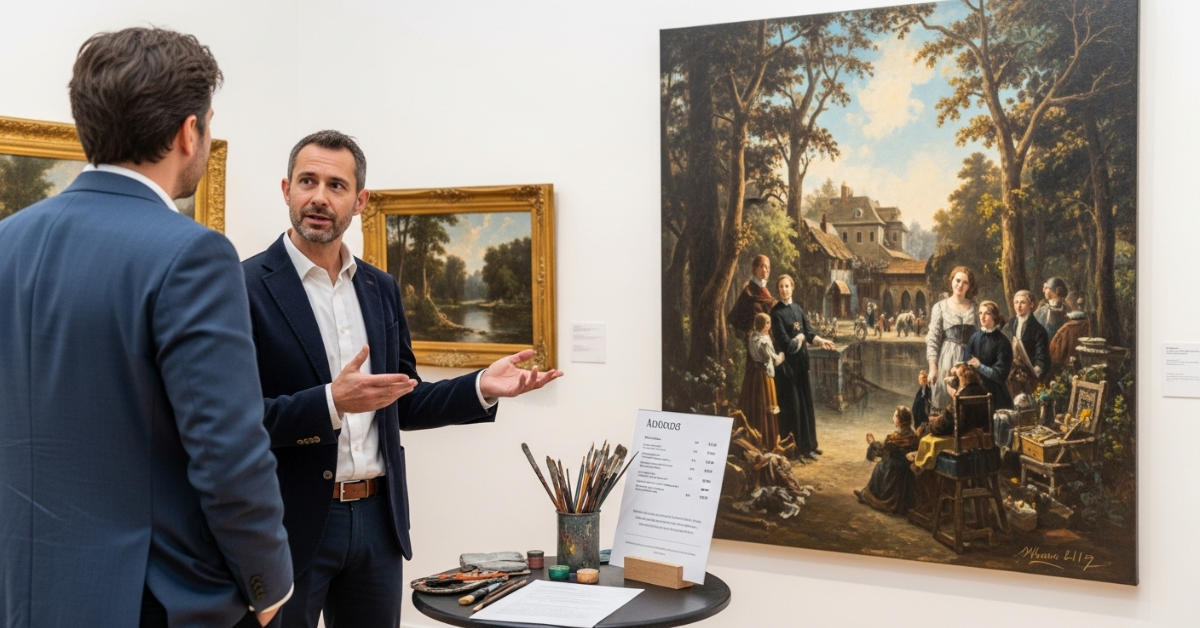
Frequently Asked Questions
Q: How often should I review my art prices?
A: Review and adjust your prices annually or after significant career milestones, market changes, or skill improvements.
Q: Should I offer payment plans for expensive pieces?
A: Yes, payment plans can increase accessibility while maintaining your price integrity. Typically offer 3-6 month plans with 25-50% down payment.
Q: How do I handle price negotiations?
A: Set firm prices, but consider offering payment plans, smaller pieces, or prints as alternatives rather than discounting original prices.
Q: What’s the difference between pricing originals vs. prints?
A: Originals should be priced based on full cost calculation, while prints typically range from 10% to 50% of the original price depending on edition size and quality.
Q: Should I price differently for online vs. offline sales?
A: Maintain consistent pricing across all channels, but factor platform fees into your base pricing structure.
Q: How do I price art for different demographics?
A: Research your target demographic’s spending habits and preferences. Corporate clients typically have higher budgets than individual collectors, while young professionals may prefer payment plans.
Q: Should I offer discounts for bulk purchases?
A: Yes, consider 10-20% discounts for customers buying multiple pieces, but maintain the integrity of individual piece pricing.
Q: How do I handle seasonal pricing fluctuations?
A: While maintaining base prices, you can offer limited-time promotions during slower seasons or premium pricing during peak buying periods like holidays.
Q: What role does framing play in art pricing?
A: Professional framing can add 30-100% to your artwork’s value. Either include framing costs in the price or offer it as an optional upgrade.
Q: How do I price collaborative artworks?
A: Split costs and time investment proportionally between collaborators, and ensure all parties agree on the pricing strategy before creation.
Conclusion: Building Confidence in Your Art Pricing
Learning how to price art effectively is both an analytical and intuitive process that improves with experience and market knowledge. Remember that proper pricing reflects not just your costs and time but also the value you bring to collectors and the broader art community.
Your pricing strategy should evolve as your skills develop and your market presence grows. Don’t be afraid to adjust prices when justified by improved technique, increased demand, or market changes.
Ready to price your art with confidence? Take the guesswork out of art pricing with our free Art Pricing Calculator at ArtistHu.com. This powerful tool instantly calculates fair prices based on your artwork size, materials, time investment, and market factors.
Get Your Art Price in Seconds:Simply enter your artwork dimensions, select your medium, input your hourly rate, and let our calculator do the math. No more underpricing your work or second-guessing your value. Try the Art Pricing Calculator now and start pricing like a professional today!
Why Choose ArtistHu’s Pricing Calculator?
- Instant, accurate price calculations
- Considers all cost factors (materials, time, overhead)
- Adjusts for experience level and market demand
- Free to use with no registration required
- Trusted by thousands of artists worldwide

Written by: Mohd Amaan

